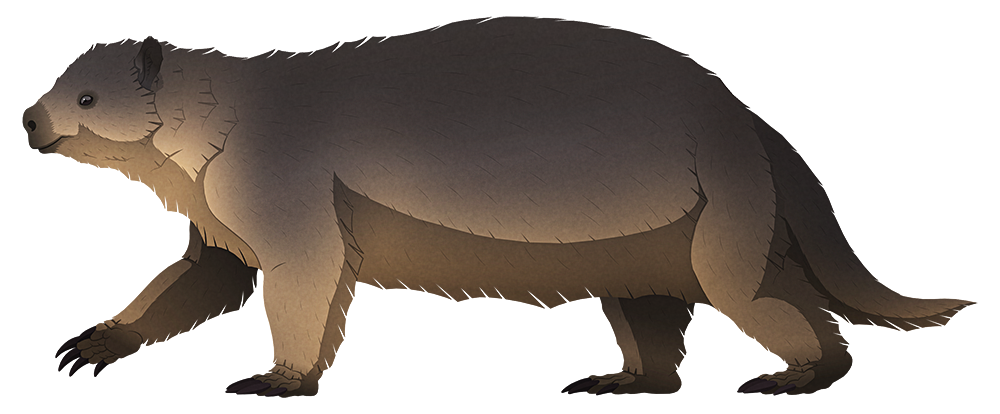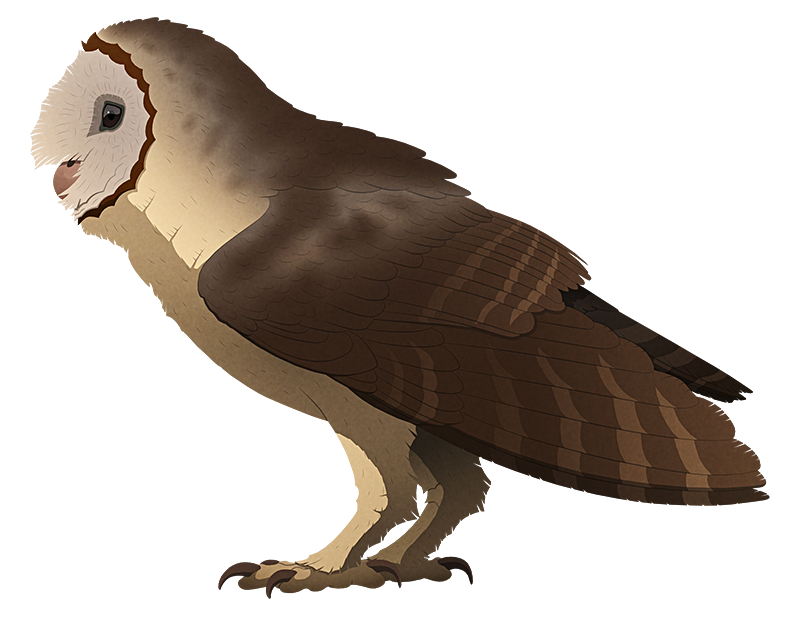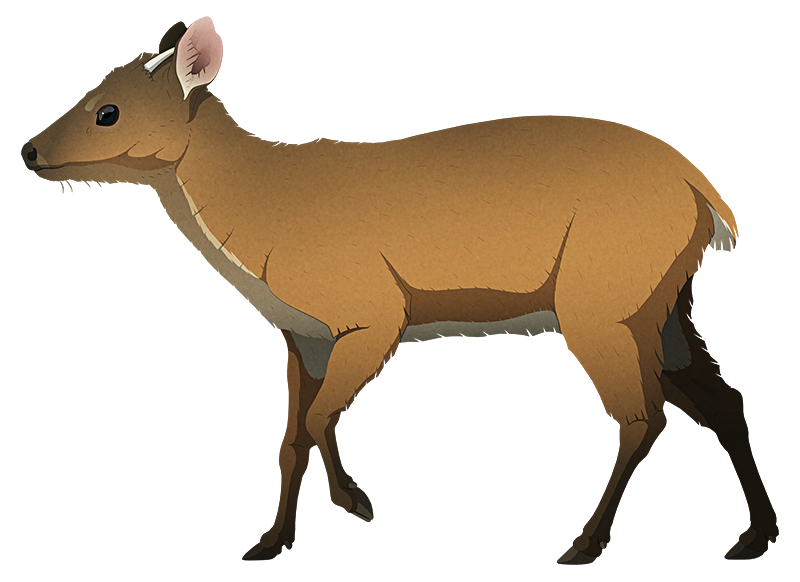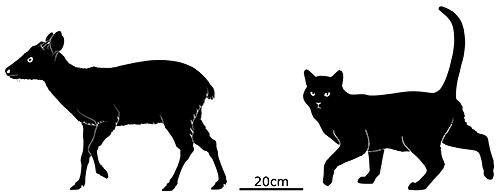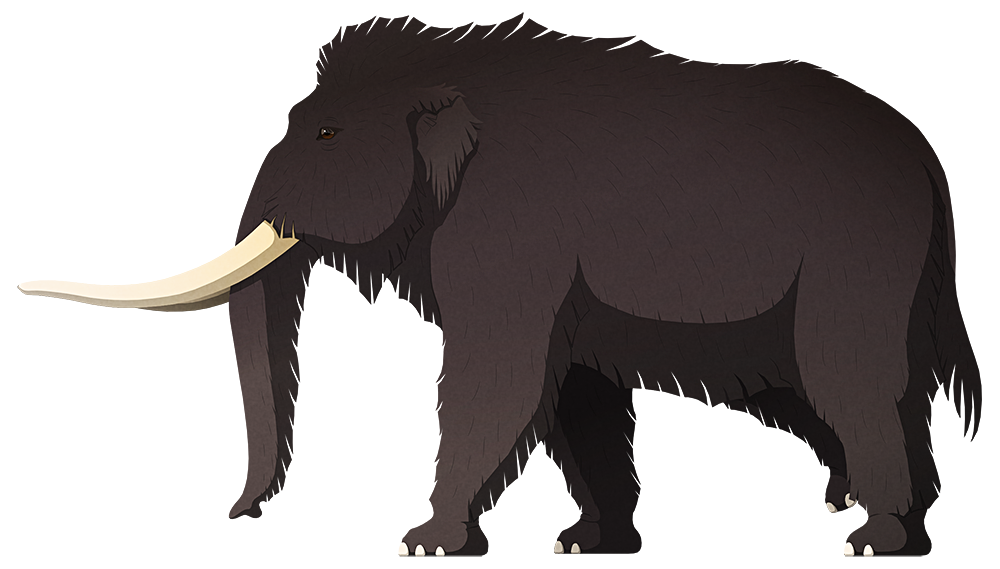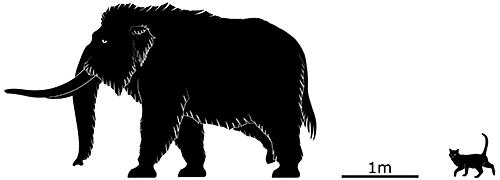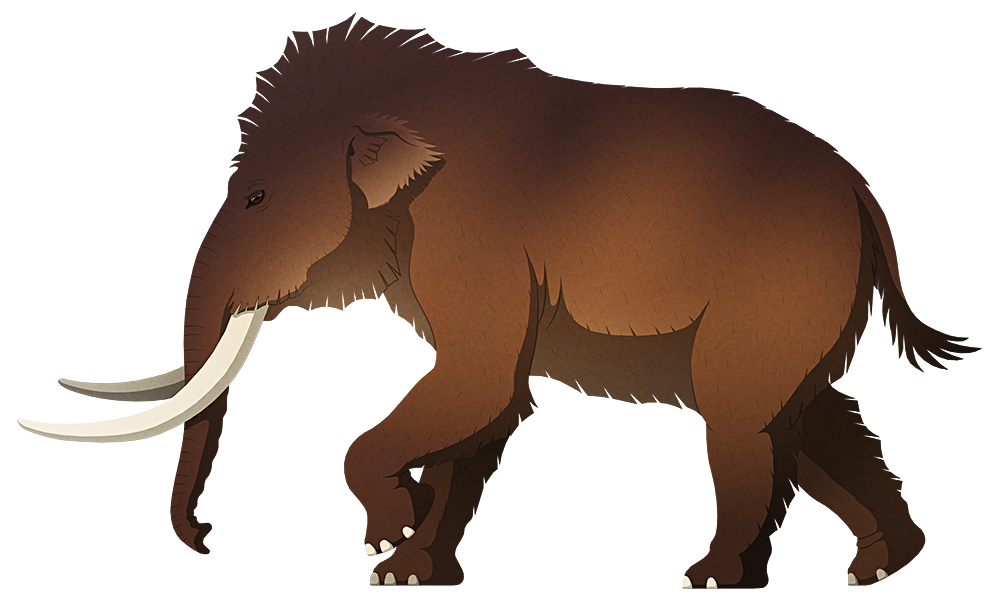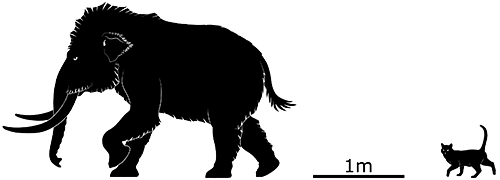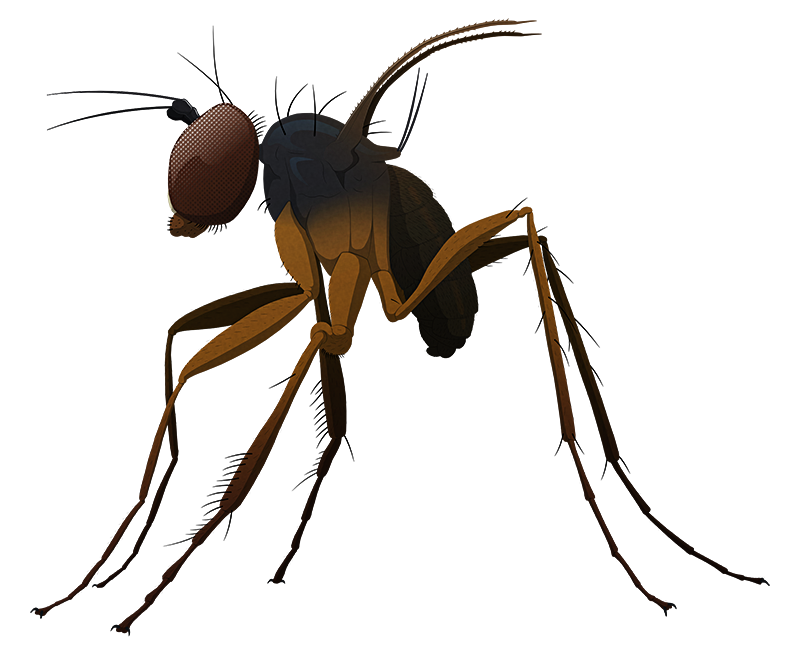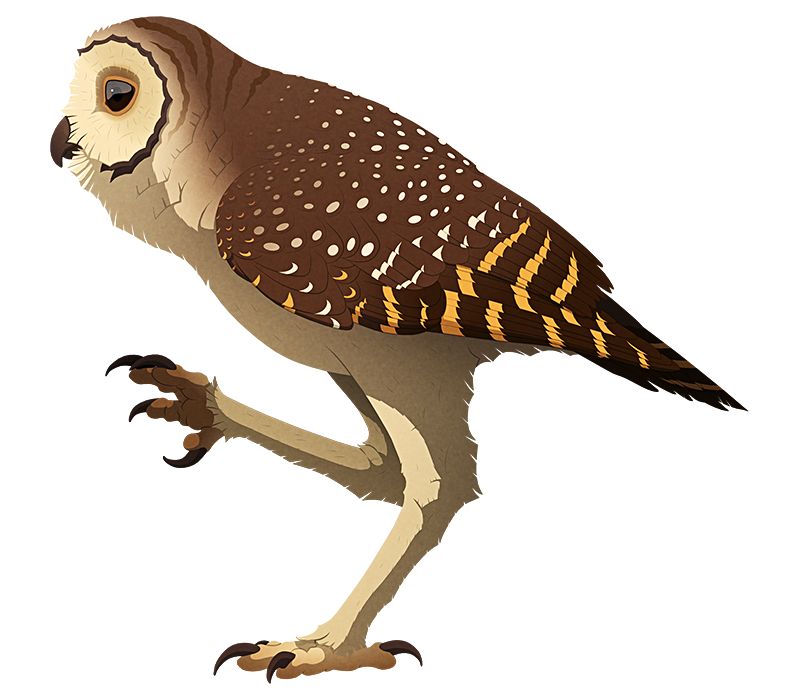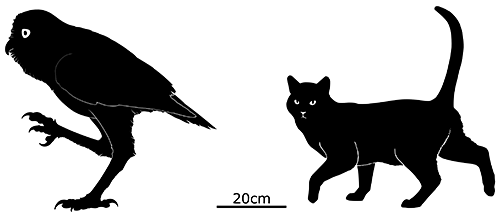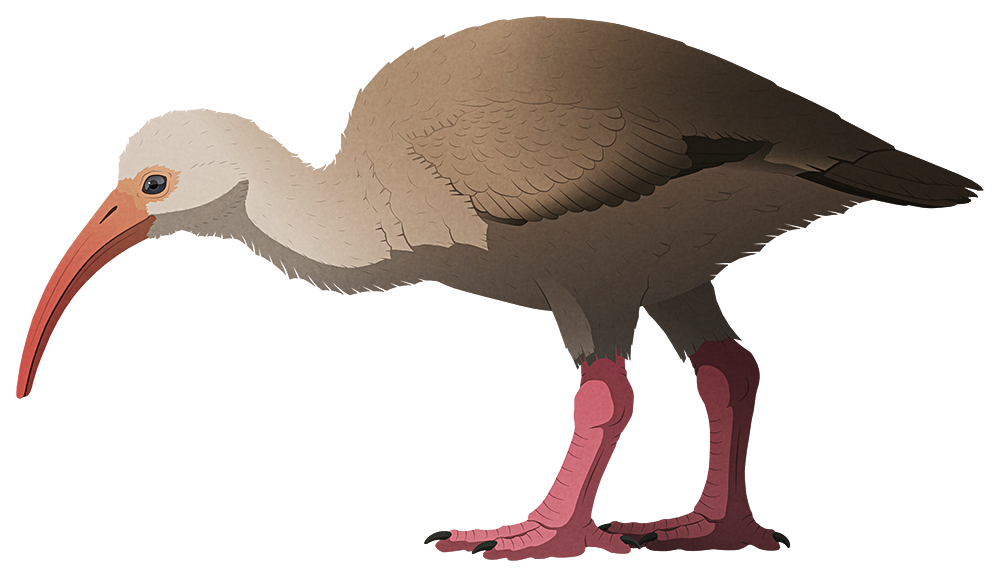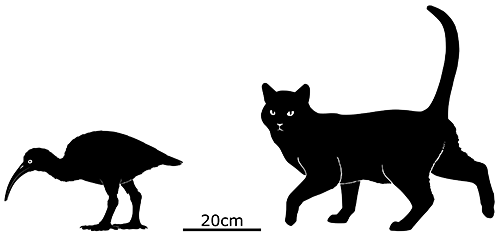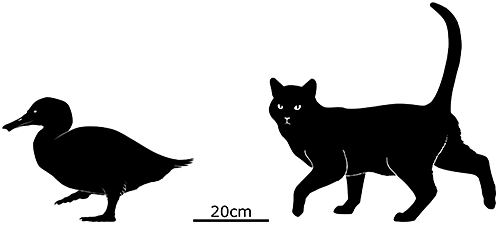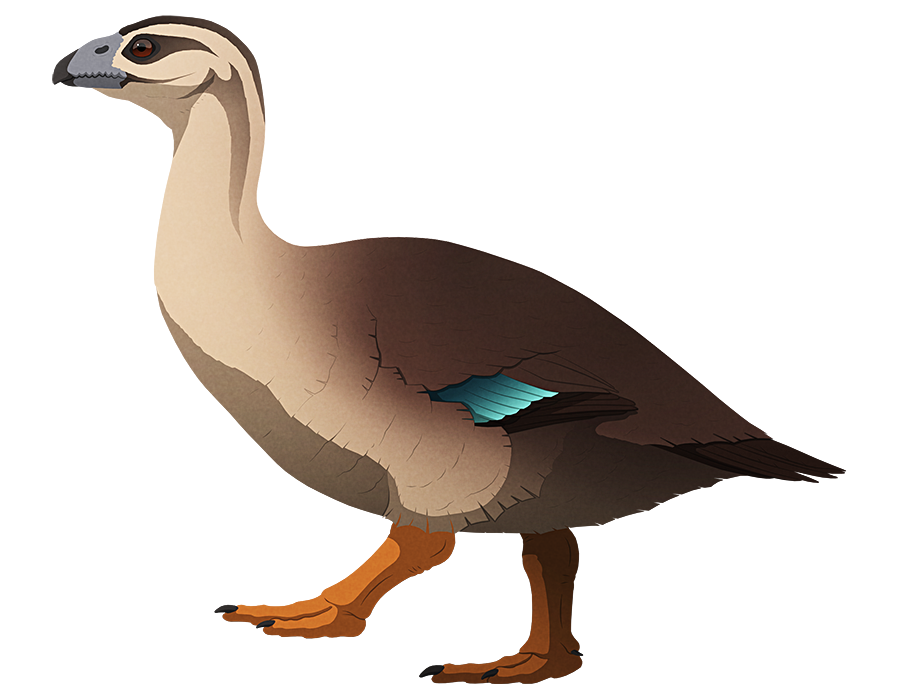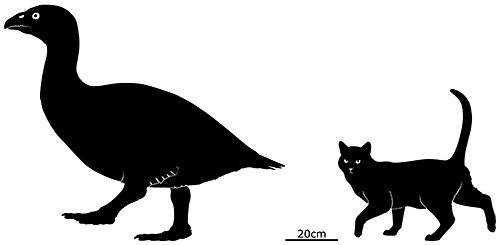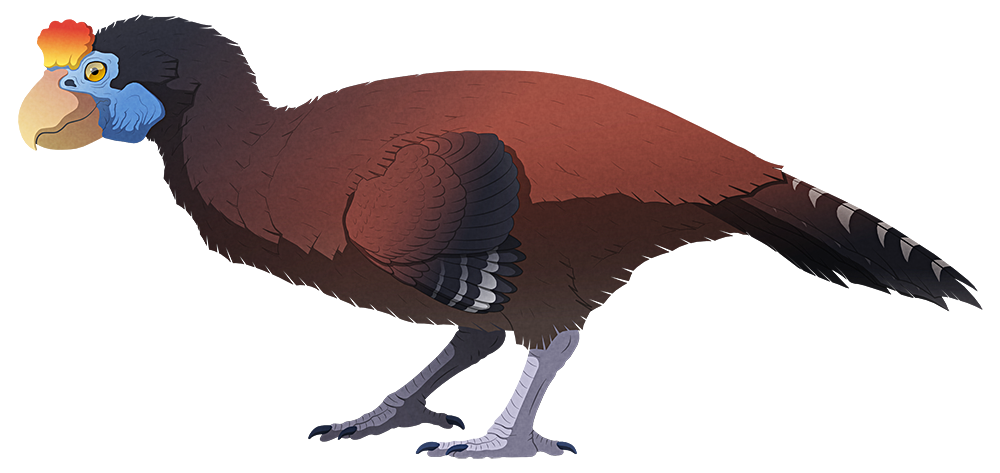Just 21km south of the Bahamas (13 miles), Cuba is the biggest island in the Caribbean and has a complex geological history. It originated as part of a volcanic island arc in the Late Cretaceous and during its existence in the Cenozoic it was colonized by a richer variety of mammals than the Bahamas ever had, including rodents, the enigmatic solenodons and nesophontes, and ground sloths.
The Caribbean ground sloths were all part of the megalonychid lineage — which eventually reached North America and produced giants — and they arrived on Cuba by the early Miocene, about 20 million years ago.
Megalocnus rodens lived during the Late Pleistocene and Holocene, between about 125,000 and 5000 years ago. It had unusually rodent-like front teeth, and while it was dwarfed compared to its mainland relatives it was actually one of the largest of the Cuban ground sloths — close to the size of a modern black bear, about 80cm tall at the shoulder (2’5″).

Subfossil remains show that Megalocnus survived well into the Holocene, and there’s been speculation that it may even have still been around in the highland forests as late as the time of European colonization in the 1500s.
However, radiocarbon dating of remains has given no dates younger than about 5000-4000 years ago, about 1000 years after the earliest arrival of humans in Cuba.

